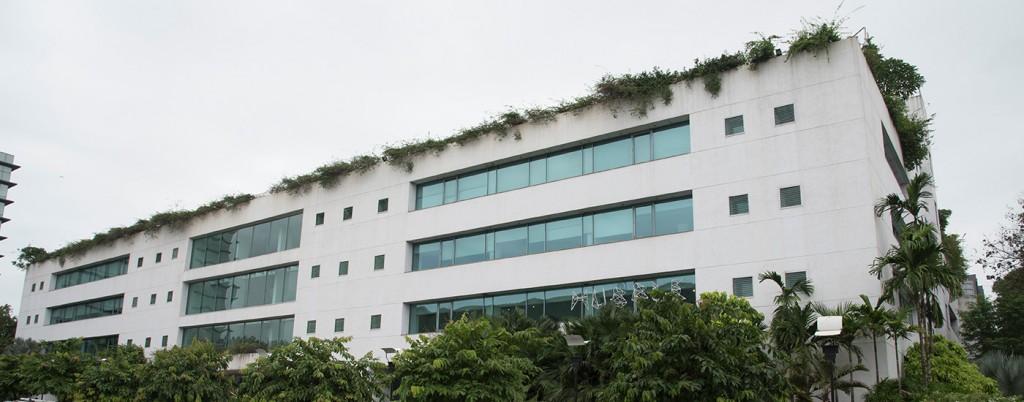Godrej & Boyce- the pioneer of green buildings in India- has achieved the next level of high-performance design with its 24,443 sq. metre office-cum-convention centre in Mumbai called the Plant 13 Annexe. This project is the first in the country to be awarded the ‘Net Zero Energy Rating’ by the IGBC Rating system.

The webinar brings on board Rumi Engineer, business head of green buildings at Godrej, who has championed the company’s green building initiatives for over 30 years. The green building industry veteran walks us through the incredible journey of Plant 13 Annexe towards NZE goals. He is joined by Plant 13’s insightful facility manager, Pradipkumar Patel.
Built in 2008, Plant 13 serves as the cafeteria for the entire Godrej campus, while also housing offices, meeting rooms and conference rooms. The building exemplified sustainable performance through thoughtful design right from its inception and was Platinum certified under the IGBC Existing Building Rating System. While its diverse usage and variable occupancy posed several challenges, the building went on to accomplish the net-zero energy target in 2019. In fact, its operational performance exceeds the design goals!
Plant 13 is designed to be extremely energy-efficient, using a thermally insulated building envelope, extensive daylighting and cutting-edge building systems. At the same time, it is operated with great focus on monitoring and control to ensure high-performance. In the webinar, Rumi stresses on the golden rule of sustainable design- first be lean, and then go green! In 2017-18, the building had an energy performance index (EPI) of 74.67 KWh/sq. m/year, 45% below the design EPI! The building meets 8% of its energy demand through its rooftop PV system while the remaining is met by the grid, offset by Power Purchase Agreements (PPAs) with renewable power plants.
The building uses continuous measurement and control. Extensive metering and submetering help the team determine the load, so that they accordingly operate the building systems. For example, depending on the requirement, the building can switch between a 125 TR and 225 TR chiller.
In the journey towards net-zero, data analytics plays a key role in identifying opportunities for reducing energy consumption. For example, the team noted that the cafeteria’s ventilation system was kept operation even in the nights, long after the building shut down, consuming about 75 KW of power. Since shutting the system down entirely was not found acceptable, energy-saving measures like VFDs were introduced to reduce its power consumption to 53 KW.
Rumi still sees a potential for 20% further reduction in Plant 13’s energy consumption by upgrading its systems. But tech improvements are only one part of the challenge. Rumi feels that adressing occupant behaviours and perceptions is equally important for ensuring optimum building performance.
What strategy is most critical for the projects in India targeting net-zero energy? Rumi reiterates that it is the ‘first go lean, then go green’ approach and that the best tools for discovering opportunities for energy reduction are granular level metering and analytics.
